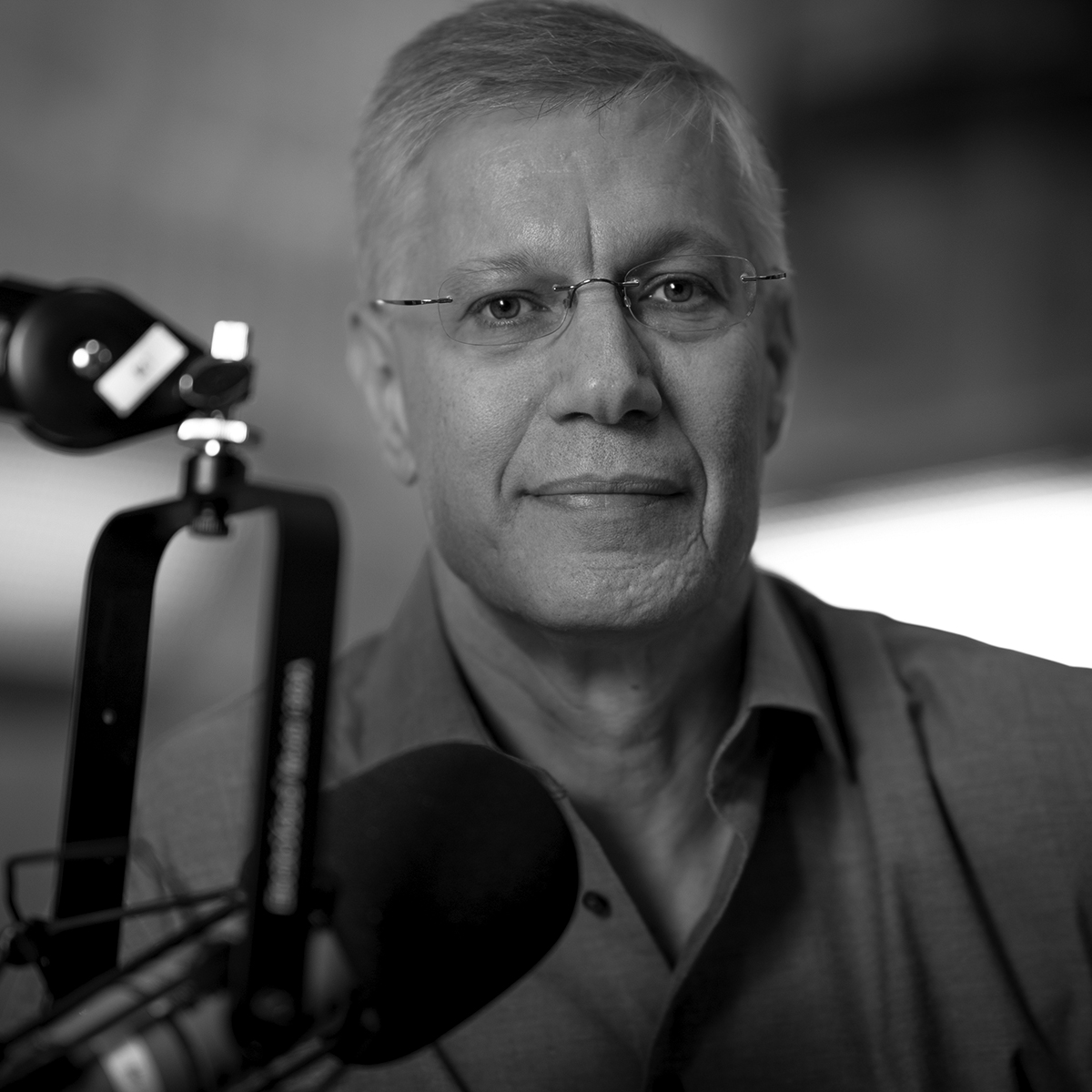America’s Unfree Market
Since day one of the financial crisis, we have been told that the free market has failed. But this is a myth. Regardless of what one thinks were the actual causes of the crisis, the free market could not have been the source because, whatever you wish to call America’s economy post World War I, you cannot call it a free market. America today is a mixed economy — a market that retains some elements of freedom, but which is subject to pervasive and entrenched government control.
The actual meaning of “free market” is: the economic system of laissez-faire capitalism. Under capitalism, the government’s sole purpose is to protect the individual’s rights to life, liberty, property, and the pursuit of happiness from violation by force or fraud. This means a government is limited to three basic functions: the military, the police, and the court system. In a truly free market, there is no income tax, no alphabet agencies regulating every aspect of the economy, no handouts or business subsidies, no Federal Reserve. The government plays no more role in the economic lives of its citizens than it does in their sex lives.
Thus a free market is a market totally free from the initiation of physical force. Under such a system, individuals are free to exercise and act on their own judgment. They are free to produce and trade as they see fit. They are fully free from interference, regulation, or control by the government.
Historically, a fully free market has not yet existed. But it was America’s unsurpassed economic freedom that enabled her, in the period between the Civil War and World War I, to become an economic juggernaut, and the symbol of freedom and prosperity.
That freedom has largely been curtailed. But one sector that remains relatively free is America’s high-tech industry. Throughout the late 20th century, the computer industry had no significant barriers to entry, no licensing requirements, no government-mandated certification tests. Individuals were left free for the most part to think, produce, innovate and take risks: if they succeeded, they reaped the rewards; if they failed, they could not run to Washington for help.
The results speak for themselves.
Between 1981 and 1985, about 6 million personal computers were sold worldwide. During the first half of this decade, that number climbed to 855 million. Meanwhile, the quality of computers surged as prices plummeted. For instance, the cost per megabyte for a personal computer during the early 1980s was generally between $100 and $200; today it’s less than a cent.
That is what a free economy would look like: unbridled choice in production and trade with innovation and prosperity as the result.
But this is hardly what the economy looks like today.
The latest Federal budget was $3.6 trillion dollars, up from less than $1 billion a century ago. Taxes eat up nearly half of the average American’s income. A mammoth welfare state doles out favors to individuals and to businesses. Hundreds of thousands of regulations direct virtually every aspect of our lives. The Federal Reserve holds virtually unlimited control over the U.S. monetary and banking systems.
All of this represents the injection of government force into the market. And just as the elimination of force makes possible all the tremendous benefits of the free market, the introduction of force into markets undermines those benefits.
Nowhere is this clearer than in the highly controlled U.S. automotive industry and in the housing market.
The U.S. automotive industry is subject to thousands of regulations, but most relevant here are pro-union laws, such as the Wagner Act, which force Detroit to deal with the United Auto Workers (UAW), and the Corporate Average Fuel Economy (CAFE) law. These laws – not some innate inability to produce good cars – put American companies at a severe competitive disadvantage with foreign automakers.
In a free market, individuals would be free to voluntarily form and join unions, while employers would have the freedom to deal with those unions or not. But under current law, the UAW is protected by the coercive power of government. Individuals who wish to work for Detroit auto companies are forced to join the UAW — and Detroit is forced to hire UAW workers. This gives the UAW the ability to command above-market compensation for its members, to the detriment of the auto companies.
Compounding this, CAFE standards force Detroit to manufacture small, fuel-efficient cars in domestic (UAW) factories. These cars are notorious money-losers for American auto companies, swallowing up tens of billions of dollars. But under CAFE, the Big Three are barred by law from focusing on their more profitable lines of larger vehicles, from producing their fuel-efficient fleet overseas, or even from using the threat of offshoring as bargaining leverage.
Imagine if the same sort of anti-market policies imposed on Detroit had been applied to the computer industry. Suppose that in the mid-1980s, as IBM-compatible computers were battling Apple for preeminence, the government had decided that it favored Apple computers and would give tax incentives for computer buyers to purchase them. This would have hobbled and very likely wiped out IBM, Intel, Microsoft, and thousands of other companies. And while today Apple is an innovative, well-managed company, it is because of market pressures that required it to shape up or go bankrupt – pressures that would not have existed had Washington loaned it a helping hand.
Now turn from the auto industry to housing.
The conventional view of the housing crisis is that it was the result of a housing market free of government control. But, once again, the notion that the housing market was free is a total fantasy.
On a free market, the government would neither encourage nor discourage homeownership. Individuals would be free to decide whether to buy or to rent. Lenders would lend based on their expectation of a profit, knowing that if they make bad loans, they will pay the price. Interest rates would be determined by supply and demand – not by government fiat.
But that is not what happened in our controlled market. Instead, the government systematically intervened to encourage homeownership and real estate speculation. Think: Fannie and Freddie, the Community Reinvestment Act, tax code incentives for flipping homes, really the list goes on and on. This was a free market?
Unquestionably, today’s crisis is complex, and to identify its cause is not easy. But the opponents of the free market are not interested in identifying the cause. Their aim since day one has been to silence the debate and declare the matter settled: we had a free market, we had a financial crisis, and therefore, the free market was to blame. The only question, they would have us believe, is how, not whether, the government should intervene.
But they are wrong. There was no free market. And when you look across the American economy, what you see is that the freer parts, like the high-tech industry, are the most productive, and the more controlled parts, like the automotive, banking and housing industries, are in crisis.
Is this evidence that we need more government intervention or more freedom?



